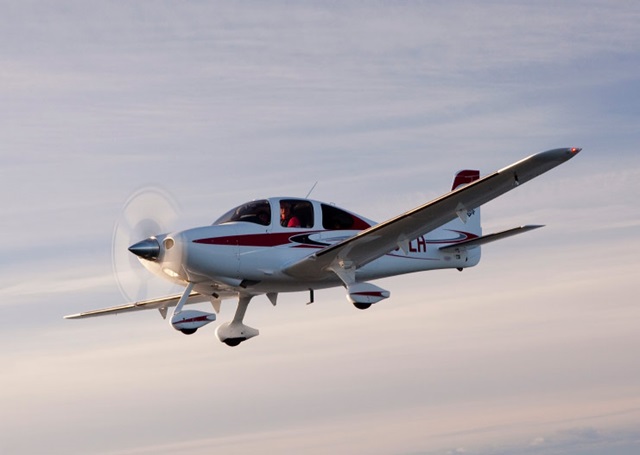
A single-engine airplane is cruising at 4,500 feet msl on a cross-country, receiving radar traffic advisories from an approach control facility located at an airport a few miles away. Air traffic control has instructed the pilot to maintain an altitude at or above 4,500 feet.
The reason for the altitude restriction becomes apparent when the controller instructs a departing air-carrier aircraft to maintain an initial altitude of 4,000 feet msl. The pilot of the single, a southbound Cirrus SR22, sees the airliner off his left side, turning north, about three miles away. After the airliner crosses beneath the Cirrus, the air traffic controller intends to instruct the jet to resume its climb.
Sounds like a rather routine bit of terminal-environment operations, so far. In such situations, many pilots have been lulled into letting the “second pair of eyes” at the approach control radar scope keep the lone watch for any further traffic conflicts.
Don’t become one of those complacent pilots! If the safely separated scenario succumbs, only your situational awareness—and readiness to act—may salvage safety.
As the Cirrus pilot watched, the jetliner “began a climbing left hand turn toward me. ATC had not told him to climb or turn.”
The Cirrus pilot (who had been letting a student pilot riding along fly the airplane) took the controls and made a rapid, turning descent. As the jet came closer, still climbing, “it was clear that if I did not take evasive action, we would collide.”
Queried by the controller, the jet crew reported that it initiated the unauthorized climb in response to a resolution alert on its traffic collision avoidance system.
Concerned about any repercussions of deviating from the altitude restriction, and having been requested to phone ATC on landing, the Cirrus pilot filed a confidential report with the Aviation Safety Reporting System (ACN: 1201826) to explain his actions. However it was praise, not sanction that the authorities had in mind for the Cirrus pilot.
The air traffic controller also filed an ASRS report, verifying that the Cirrus pilot, “thanks to immediate descent avoided a catastrophic event.”
“Thankfully the SR22 pilot actions saved all concerned, and this pilot should be commended for his actions,” the controller reported.



